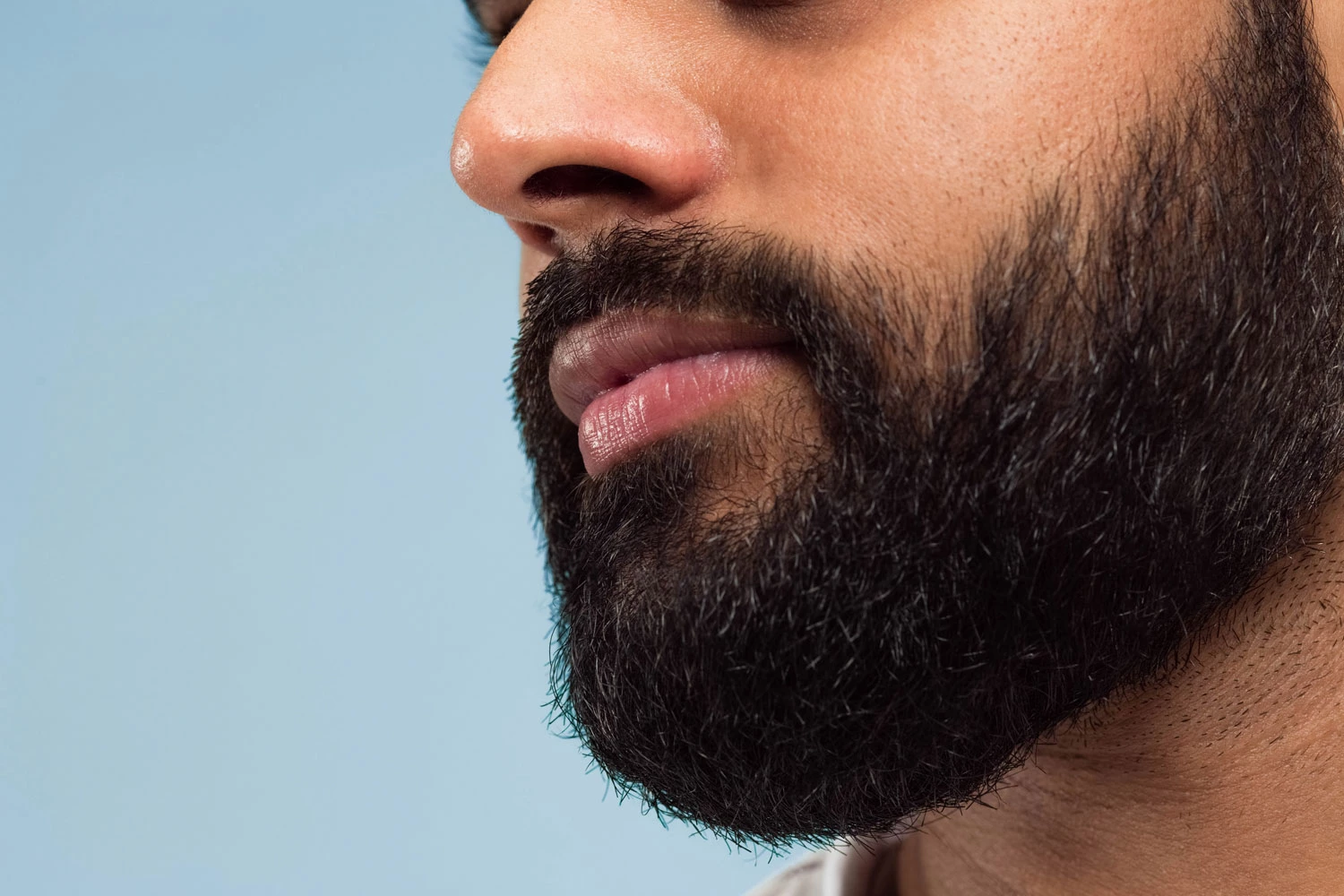It is a procedure in which some hair follicles are transferred from the scalp or chest area to the beard and mustache area, after the surgeon ensures that the characteristics of the transplanted hair match those of the facial hair, so that its appearance does not differ from the rest of the facial hair.
The Hair Transplantation procedure takes several hours to prepare and execute. In the end, the surgeon ensures that the final appearance of the transplanted hair is indistinguishable from natural facial hair.


